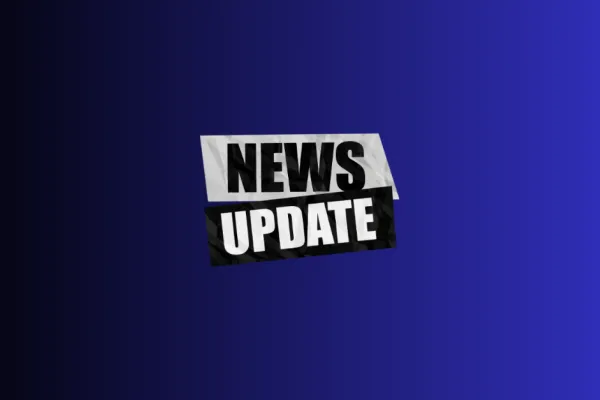FCC raises E-rate cap, expanding funding for school and library broadband

The FCC today approved further modernization of its E-rate program. As the commission said in a news release:
“Today the Commission adopted an Order aimed at closing this connectivity gap by making more funding available for libraries and schools to purchase broadband connectivity capable of delivering gigabit service over the next five years. The Order also provides schools and libraries additional flexibility and options for purchasing broadband services to enable schools and libraries to meet their Internet capacity needs in the most cost-effective way possible.”
Specifically, “... the Order raises the spending cap on the E-rate program from the current $2.4 billion to $3.9 billion – the first reset of the cap since it was initially set at $2.25 million in 1997, an amount that wasn’t adjusted for inflation until 2010.”
There is no doubt about the need for increased funding. The FCC reported that in 68 percent of the nation’s school districts, administrators say that “not a single school in their district can meet the long-term high-speed Internet connectivity targets today.”
The reason is the high price of connectivity, and poorer – especially rural, districts are suffering the greatest shortfall. According to the FCC, 41 percent of rural public schools “lack access to fiber networks sufficient to meet modern connectivity goals for digital learning,” while only 31 percent of suburban and urban schools lack access.
But the gap is primarily one of available funding. “39% of schools in affluent areas,” said the FCC, “currently meet speed targets, but only 14% of schools in low-income rural and urban areas meet those targets.”
Moreover, “Half of all public libraries report connections of less than 10 Mbps (70% of rural libraries) – or less than 10% of the target for libraries with smaller service areas and less than 1% of the speed target for libraries serving larger numbers of people.”
E-rate is one of four universal service programs funded through a fee on long-distance telephone revenues. Raising annual E-rate funding to $3.9 billion, the FCC said, translates into an “... estimated additional cost to an individual rate payer ... [of] approximately 16 cents a month, about a half a penny per day or about $1.90 a year – less than a large soda at fast food restaurant or a cup of coffee.”
CWA quickly praised the FCC action, saying “FCC action to raise the annual cap on E-rate funding by $1.5 billion – increasing the annual total to $3.9 billion – will help bring our nation’s schools and libraries the 21st century high-speed Internet connectivity that they need.”
Another union, the National Education Association, commended FCC Chairman Tom Wheeler and Commissioner Jessica Rosenworcel “for their leadership to fulfill the promise of digital learning in the 21st century.”
NEA President Lily Eskelsen García wrote:
“The Federal Communications Commission’s historic approval to dramatically increase funding for the E-Rate program is a critical and much-needed win for America’s students and it makes for smart public policy. All of our students, regardless of their zip code, deserve access to the digital tools and the time to learn.
“Without the E-Rate Program, many of our schools—especially in rural areas—would have been unable to sustain on-going access to the Internet.”
And, the Leadership Conference on Civil and Human Rights, lauded the action, saying, “ We welcome today’s FCC vote, which represents one of the greatest steps forward in civil rights for Americans this year.”
FCC Continues E-rate Reboot to Meet Nation's Digital Learning Needs (FCC news release, Dec. 11, 2014)
CWA Applauds FCC E-Rate Action on Internet Speed, Access (CWA news release, Dec. 11, 2014)
NEA President: Historic new investment in E-Rate is a critical win for students (NEA press release, Dec. 11, 2014)
Civil and Human Rights Coalition Calls FCC Vote on E-Rate “A Great Step Forward in Civil Rights” (LCCHR news release, Dec. 11, 2014)
Broadband Brigade members turn out to protect good, union jobs and reliable broadband service
CWA condemns Trump NTIA changes to BEAD funding policies

